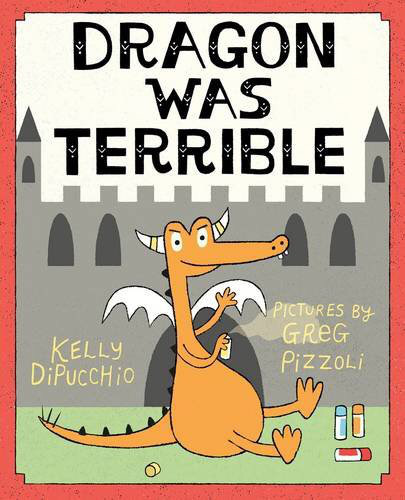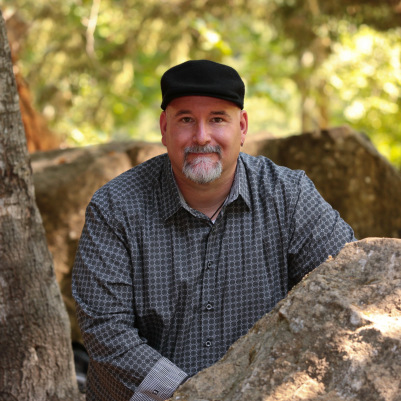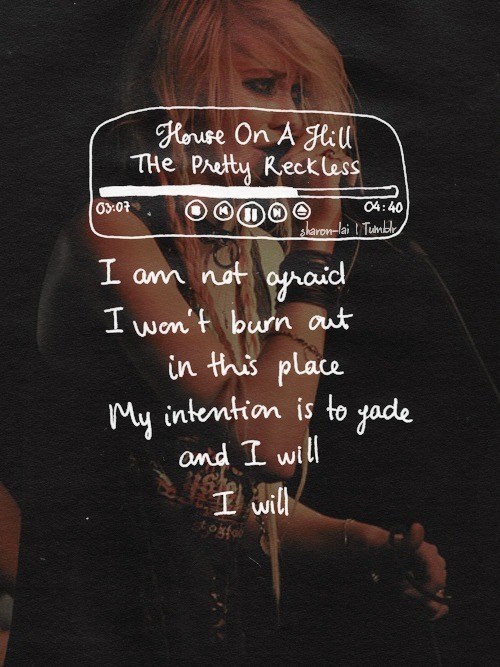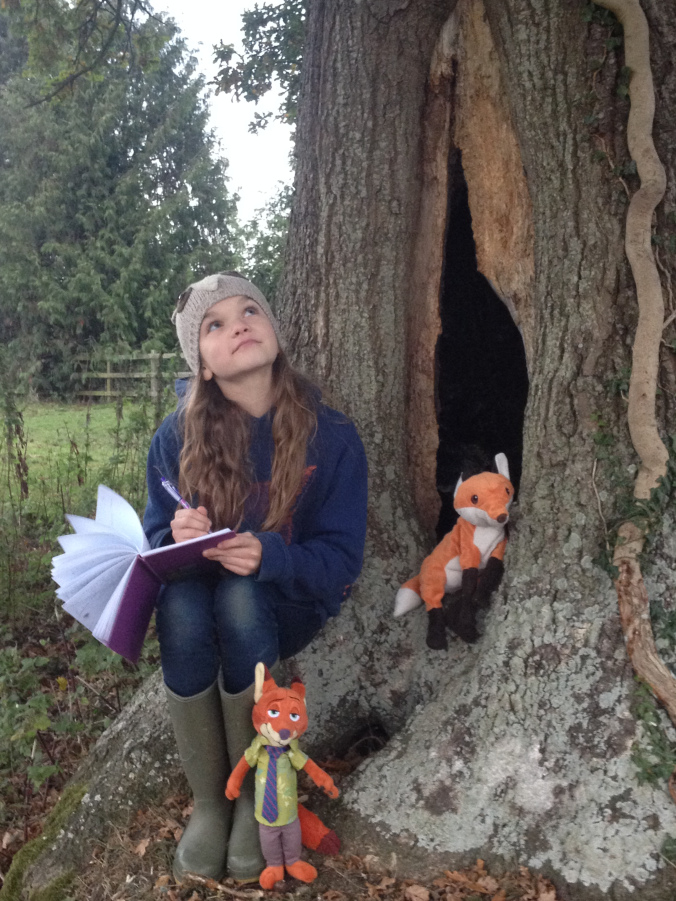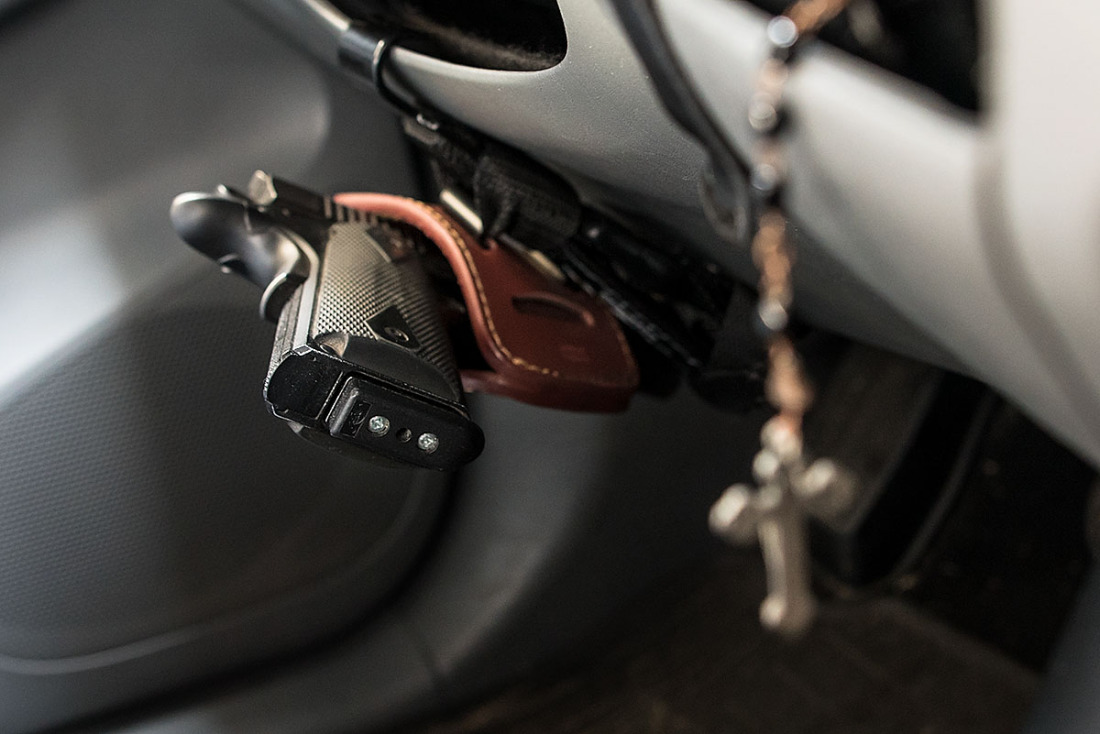At last year’s shift from one year to the next I was still pretty numb from my dad’s death in early December 2016. I don’t think I began to feel physically “myself” until sometime mid-year.
Although my dad is still missed, and always will be, as I’ve watched my mother take on new challenges this year I’ve admired her resilience.
On December 31st, on the eve of another calendar year, mom and I went to the Huntington Library and Botanical Gardens for a brief walk through some of our favorite portions of the park-like grounds. We took advantage of the time alone to talk and somewhat review the year before it closed.
 It’s not always easy to accept change, but it’s necessary for sound mental health to be able to exhibit flexibility in thinking. Holding onto the past, at least too tightly, prevents the future from offering surprise.
It’s not always easy to accept change, but it’s necessary for sound mental health to be able to exhibit flexibility in thinking. Holding onto the past, at least too tightly, prevents the future from offering surprise.

My parents were married 65 years, marrying when they were 18 and 19 years old. Prior to my dad’s death, mom had never been on her own. I’ve watched her this past year re-envisioning life and embracing opportunities to not simply accept her state of independence, but tackle challenges with a level of determination that continues to surprise me. 
In effect, in her 80’s she is starting over.
I’m always interested in how people exhibit resilience–or not. I’ve written about this before after I first met Elizabeth Edwards at a book signing. At that occasion she spoke optimistically and with hope that she’d survive advanced breast Cancer and be able to raise her two young children. It wasn’t until about a year later that her world and life as she expected it to be splintered when her Senator husband threw a virtual grenade into their marriage. Before she died she wrote a wonderful book addressing how she developed a spirit of resiliency after losing her health, marriage and sense of security.
Recent California events have sparked (no pun intended) some thoughts on this subject, as well.
I’m presuming that most readers have some knowledge of the recent California wildfires. They’ve been horrific. During these last two months I have appreciated the emails and private messages asking about our welfare, and to reiterate, although the affected fire areas are popular with us recreationally, they aren’t near our home.
There was a point when I had to stop reading and listening to the reports. Hearing what people were experiencing was distressing to me. The loss of animal life, including dozens of prized racehorses, was just too much to hear day after day after day.
The Thomas Fire in Santa Barbara County is no longer threatening populated areas, but is indeed still burning. The final statistics have yet to be tallied, but it is the largest wildfire in California modern history, burning more than 281,893 acres, destroying at least 1,063 structures and damaging nearly 300 more. I’m not clear on injury or loss of life.
The burn areas have impacted some of the most beautiful areas we love to visit, and more importantly, changed hundreds (thousands?) of lives.
 View from the front lawn of the Santa Barbara Mission
View from the front lawn of the Santa Barbara Mission
After avoiding detailed news reports for weeks, I’ve started reading again because the accounts have shifted from the horrific details of an ongoing disaster to the amazing stories–amazing to me, anyway–of people, many still in some degree of shock, I’m sure, confronting their losses and looking at the rest of their lives with changed eyes.
In October, before the Southern California Thomas Fire, the Tubbs Fire in Northern California devastated portions of the Sonoma, Calistoga and Santa Rosa wine areas.
I’ve shared from Sonoma in previous posts. It’s such a beautiful area!



One of the stories that surfaced during that awful October fire told of a couple who survived by spending hours in a neighbor’s pool. Their survival was considered a miracle, as everything around them burned. Photos truly look like the aftermath of a nuclear blast–no exaggeration.
The couple, John Pascoe and his wife, Jan LeHecka Pascoe, tell a story of survival that speaks beyond the details of the lifesaving measures and fire event. John quotes Dylan’s “Like a Rolling Stone,” “When you ain’t got nothing, you got nothing to lose…”
They speak of the joy of returning to their children, their friends and neighbors, and of learning how to accept the kindness of others. They are on a new path. I highly recommend meeting the Pascoe’s HERE to follow links for their brief story.
I’ve read dozens of articles with accounts of people losing it all. Some of these communities were heavily populated with artists, like the Pascoe’s, who have lost their entire life’s work, yet they speak hopefully of starting over, and some can even say there is an odd freedom in knowing they are no longer defined by the past. The past, for them, hardly exists.
I must say I try not to dwell on the “what ifs?”
Still, I think it’s worth thinking about from time to time. I enjoy looking for examples of resiliency in lives well-lived, and often these accounts come from ordinary people caught in extraordinary circumstances.
A favorite quote:
“She stood in the storm and when the wind did not blow her way, she adjusted her sails.” Elizabeth Edwards
Wishing you peace–and resilience– in 2018, my friends. Debra
Share this:

